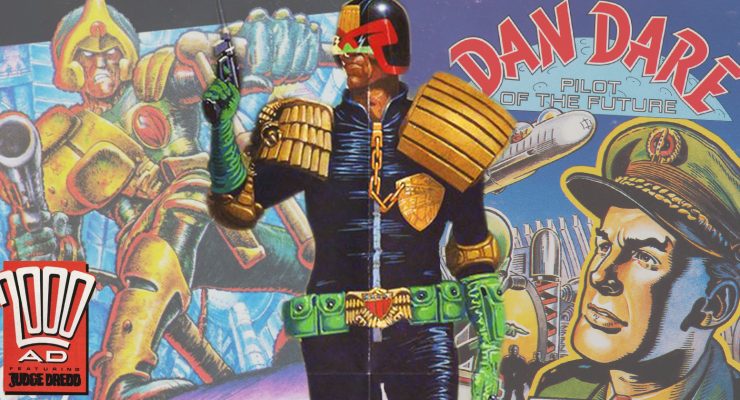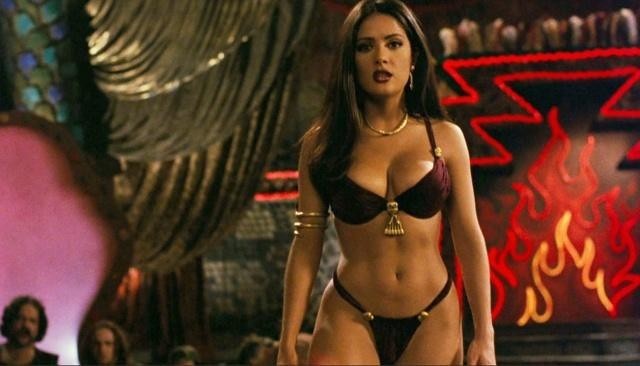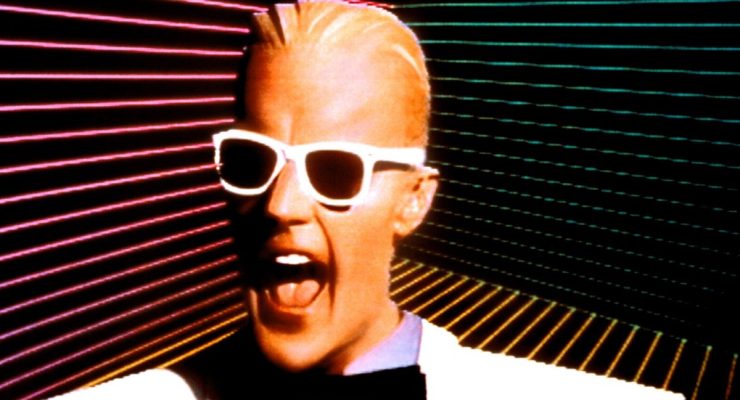Santosh Sandhu discusses the Hong Kong Film Industry…
Hong Kong has a population of about 7 million people. Despite its small size, Hong Kong has been a major player in world cinema for many years. Up to the mid 1990s, Hong Kong was the world’s third largest film producer, making 300 films a year in the Cantonese language. Hong Kong only has a limited number of cinema screens and is therefore reliant on overseas revenue mainly from other parts of Asia.
Martial arts have existed for hundreds of years and form a strong part of Chinese culture and this is often reflected in Hong Kong films. Martial arts films thematically are the cinema of the underdog triumphing over corruption and oppression with the main emphasis being on action which can sometimes take up to half a film’s running time. The early martial arts films were based on traditional folk legends and featured known characters such as Fong Sai Yuk and Wong Fei Hung.
The early 1970s saw the rise of martial arts films as an international force. Up to this time they had largely been made by the Shaw Brothers studios at Clearwater Bay in Hong Kong. Shaw Brothers employed most of the local filmmaking talent and owned a chain of cinemas in South East Asia. Raymond Chow, an executive at Shaw Brothers eventually left to set up rival studio Golden Harvest. Golden Harvest’s first film was The Big Boss (1971) which starred Bruce Lee who would become the first internationally renowned martial arts star. Golden Harvest adopted the Hollywood business method of profit sharing to encourage Lee to work for them. After making three films in Hong Kong, Lee’s last completed film would be the most famous martial arts movie of all time the Golden Harvest/Warner Brothers co-production Enter the Dragon (1973).
In 1979 Golden Harvest signed Jackie Chan, a former stuntman who pioneered Kung fu comedy films. Heavily inspired by the early slapstick comedy of Buster Keaton and Charlie Chaplin, Chan was able to cross cultural boundaries with his willingness to do his own stunts and his well timed kung fu routines almost shot like dance sequences. After gaining prominence in period martial arts comedies such as Snake in the Eagle’s Shadow (1978) and Drunken Master (1978), Chan and his stunt team would perfect their craft in Project A (1983) and Police Story (1985) essentially bringing the genre up to date.
Conversely, Producer/Director Tsui Hark would stick to the period setting but combine the genre with supernatural elements for the visually astonishing Zu Warriors (1983). The film benefited greatly with special effects provided by a Hollywood team. Hark would build on this success by creating his own effects outfit and the supernatural genre would continue with Mr. Vampire (1985) and A Chinese Ghost Story(1987). Hark would also launch the career of Jet Li in Once Upon a Time in China (1991) where Li would reprise the role of Wong Fei Hung.
Apart from its martial arts films, Hong Kong is also famous for its crime thrillers most notably the work of John Woo. A Better Tomorrow (1986), would see the rise of the ‘Heroic Bloodshed’ series of films so called for their heavily choreographed shootouts which would continue to please action junkies with The Killer (1989) and Hard Boiled (1992). Much more concerned with plot and characterization, Infernal Affairs (2002) about a cop working undercover in the triads and a triad posing as a cop would inspire the Oscar winning The Departed (2006).
Hong Kong was a British Colony which was handed back to China in 1997. China has the largest population in the world with over 1 billion people. Most films made in mainland China are in Mandarin. Partly due to the language difference, China has not opened up as a major market for Hong Kong films. Hong Kong is still treated like a separate entity and so its films are still subjected to censorship and quotas. Also much of the Chinese market is dominated by Hollywood blockbusters or ‘dapian’ which make up to 70 percent of the domestic market. Only big name Chinese directors are able to compete with Hollywood.
Like Hollywood, China also has a studio system which was established in 1949. These studios were state funded for many years. Due to state cut backs in 1996, studios have looked to international productions for finance ever since. Today, foreign films shot in China have to be co-produced with a studio and the state owned China Film Co-production Corporation (CFCC). For international filmmakers, the CFCC offers good locations, cheap labour, equipment hire and transportation. Quentin Tarantino’s kung fu inspired Kill Bill (2003) was shot in Shanghai for these reasons.
Certain Hollywood films now have a Chinese martial arts influence such as The Matrix (1999), which employed a Hong Kong stunt crew for its fight scenes. The Oscar winning Crouching Tiger, Hidden Dragon (2000) was a Chinese/American co-production utilizing an international cast and crew.
American studios such as Fox have also been involved in the distribution of Chinese films in Asia, including Hero (2002), which was marketed like a Hollywood blockbuster. Miramax handled the distribution of Hero in most western territories as it was responsible for much of the film’s 31 million dollar budget. Miramax also bought the rights to certain titles from the Shaw Brother’s film library and Golden Harvest sold many of its titles to Warner Brothers.
Sadly the Hong Kong film industry has suffered a decline in recent years with less than 100 films being produced per year. Domestic audiences now prefer Hollywood and rampant piracy has proved a deterrent for getting people into cinemas. Jackie Chan, Jet Li and John Woo are consistently working in Hollywood and filmmakers are now more likely to be looking to work with mainland China.
Related:
The Indian Film Industry
The French New Wave
The Rise and Fall of Italian Neo-realism
Santosh Sandhu graduated with a Masters degree in film from the University of Bedfordshire and wrote the short film ‘The Volunteers’.











